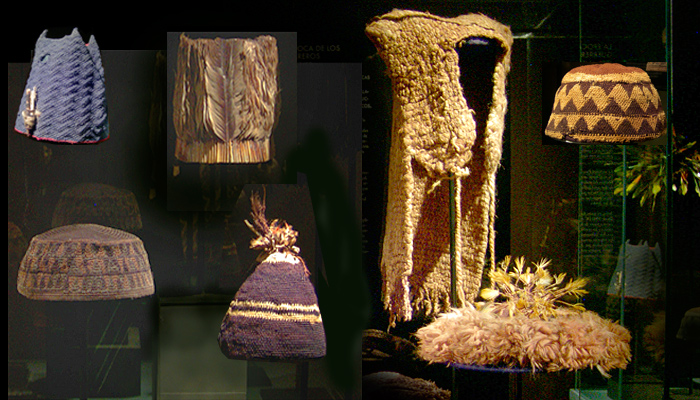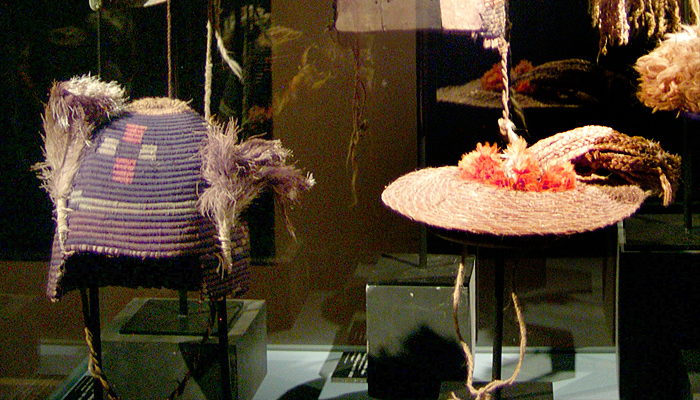The age of warriors A.D. 1000 – 1450
The social and economic relations between the inhabitants of atacama, Pica-Tarapacá and Arica developed during a period of war with other ethnic groups.
Following the collapse of Tiwanaku in the 11th century, war spread throughout Northern Chile. Each region began to emphasize its cultural differences over those of the others. The inhabitants of San Pedro de Atacama became impoverished, and transferred their settlements to more promising places. The construction of pukaras and fortified settlements indicates that war and conflict during this period were a common part of Atacama life.
The Pica-Tarapacá society developed along the eastern border of the Tamarugal Pampa. Owners of the caravan traffic to the coast, they developed ties with the Quillacas, an agricultural and herding chiefdom with a political nucleus in the altiplano that established small settlements along the Andes’ western flanks.
Arica was an agro-maritime society. Beginning in A.D. 1000, its settlements multiplied throughout the region, and crafts, such as pottery and textiles, made strong progress. During this period, the people of Arica curtailed the expansion of Aymara chiefdoms from the altiplano, whose inhabitants were trying to establish colonies in their territory. The existence of several pukaras located between the highlands and the coast is a testimony to the tense relationship.
Animación, construcción de un casco andino





































